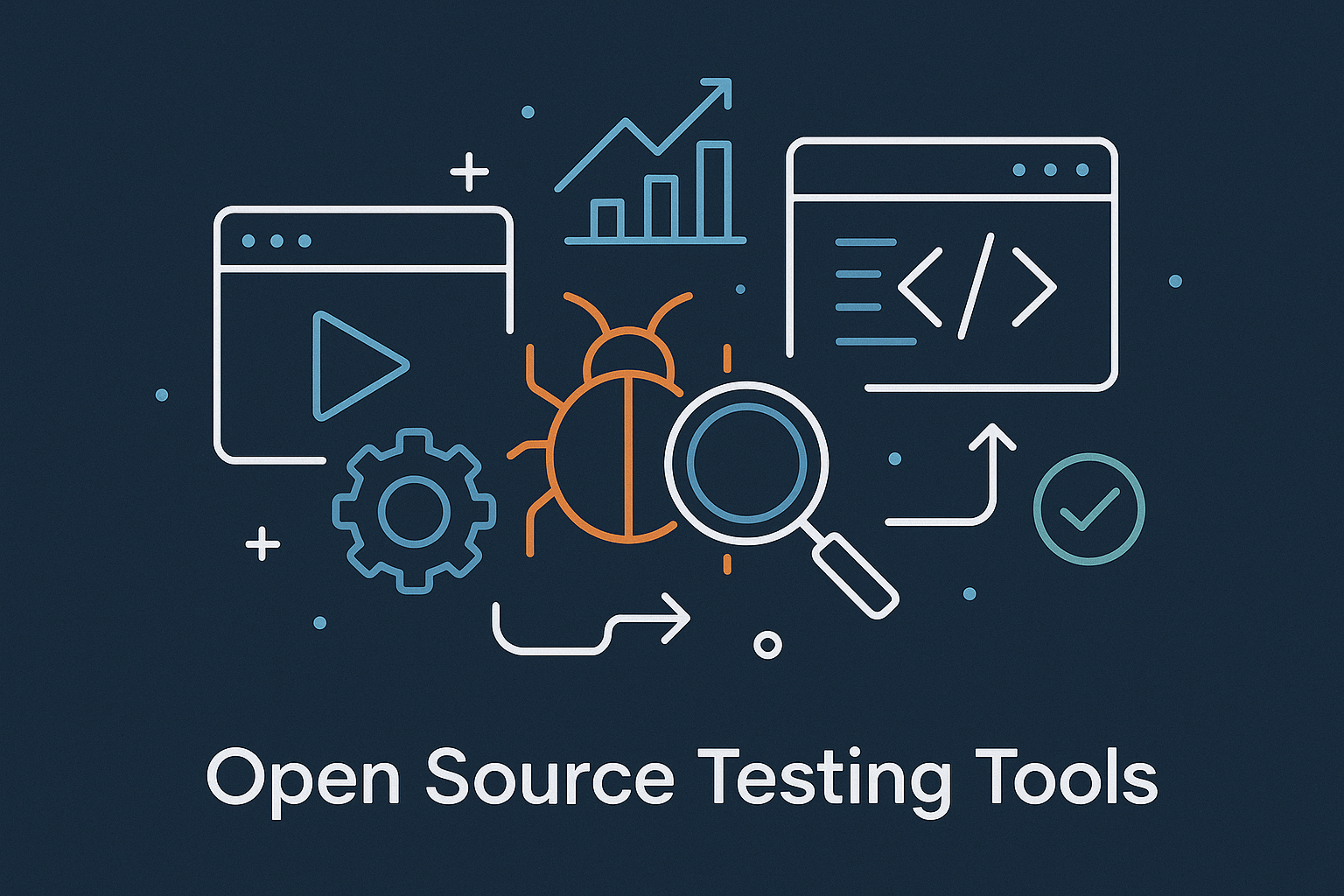What Are Open Source Testing Tools and Why They Matter?
In today’s fast-paced software development environment, quality assurance is more critical than ever. Open source testing tools have emerged as a powerful solution for organizations looking to ensure high-quality software while optimizing costs. But what exactly are these tools, and why do they matter? Let’s find out.
Understanding Open Source Testing Tools
Open source testing tools are software testing frameworks and applications whose source code is publicly available. Anyone can inspect, modify, or enhance them according to their project requirements. Unlike commercial testing solutions, these tools are often free to use, making them accessible for startups, small businesses, and large enterprises alike.
Some popular categories of open source testing tools include:
- Automation Testing Tools: Selenium, Cypress
- API Testing Tools: Postman (free tier), REST Assured
- Performance Testing Tools: JMeter, Gatling
- Unit Testing Tools: JUnit, TestNG
The flexibility of these tools allows developers and testers to customize testing workflows, integrate with CI/CD pipelines, and scale testing efforts without significant financial investment.
Benefits of Using Open Source Testing Tools
There are several compelling reasons why open source testing tools matter in modern software development:
1. Cost Efficiency
One of the primary advantages of open-source tools is that they are free to use. Organizations can implement robust testing strategies without the burden of licensing fees associated with commercial software. This cost efficiency is especially beneficial for startups and small teams.
2. Community Support and Collaboration
Open source tools benefit from active communities that contribute plugins, scripts, and frameworks. This collaborative environment ensures rapid problem-solving and continuous improvement of the tools. Users can access tutorials, forums, and shared knowledge to enhance their testing processes.
3. Flexibility and Customization
Unlike proprietary tools, open source tools can be customized to fit specific project needs. Teams can modify scripts, add new features, and integrate them with other tools in their development ecosystem. This flexibility supports complex testing scenarios and ensures better test coverage.
4. Transparency and Security
With full access to the source code, organizations can verify the inner workings of the testing tools. This transparency helps in identifying security vulnerabilities, ensuring compliance, and building trust in the automation process.
5. Support for Modern Development Practices
Open source tools are well-suited for Agile and DevOps environments. They integrate seamlessly with CI/CD pipelines, support automated regression testing, and enable continuous feedback on software quality. This alignment with modern development practices accelerates release cycles and improves software reliability.
Popular Open Source Testing Tools in 2025
Here are some widely used open source tools that continue to gain traction in 2025:
- Selenium: A leading tool for web automation, supporting multiple programming languages and browsers.
- Cypress: Known for fast, reliable end-to-end testing of modern web applications.
- JMeter: Ideal for performance and load testing, with a robust community ecosystem.
- Keploy: Keploy is an emerging tool that allows automated API testing and end-to-end test generation with AI support, bridging the gap between simplicity and power.
These tools empower QA teams to build comprehensive testing suites without depending entirely on commercial software, making software quality accessible and cost-effective.
Conclusion
Open source tools for software testing have become indispensable in the software development lifecycle. Their affordability, flexibility, and community-driven development make them a practical choice for organizations of all sizes. By leveraging these tools, teams can accelerate their testing processes, improve software quality, and stay competitive in an ever-evolving tech landscape.
As testing practices continue to evolve, adopting open source solutions ensures that your QA strategy remains efficient, scalable, and future-ready.




Leave a Reply
Want to join the discussion?Feel free to contribute!